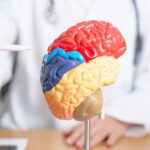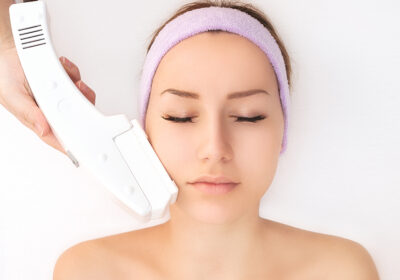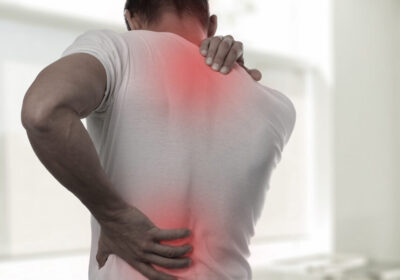
Top 6 Medical Devices In Australia
Medical appliances are a key part of healthcare. They can help diagnose and treat many diseases, and they have many other uses as well. This article will go over the top medical devices in Australia so that you can learn more about them.
These devices are used to diagnose and treat many diseases. They can help with a range of injuries and illnesses, including heart disease, diabetes and cancer. They come in a range of shapes and sizes, from tiny implants that measure blood sugar levels in the body to large machines that perform surgery on patients’ hearts.
Here are the top devices for you:
Biopsy Punch:
A biopsy punch is a tool used to remove tissue samples. It can be used in pathology to diagnose diseases, such as cancer or heart disease.
It also may be used to determine if a patient has an infection by taking a sample of their blood and looking at it under a microscope.
Catheter:
Catheters are medical devices used to diagnose and treat diseases. They can be inserted into a vein or artery, and they’re often used to administer drugs, fluids, and nutrients. Catheters can also drain blood or other body fluids from the patient’s body.
Catheters are usually made of plastic tubing that includes an inflatable balloon at one end that helps keep it in place once it’s inserted into the bloodstream; some catheters have multiple lumens (or channels) through which different liquids may flow.
Cranial Nerve Stimulator:
A cranial nerve stimulator is a device that uses electrical pulses to stimulate the nerves in your head. The device is used to treat chronic pain and spasticity, which is stiffness or tightness in muscles. A cranial nerve stimulator has been approved for use in Australia since 2002, but it’s still considered an experimental treatment by some doctors due to its lack of long-term studies on humans.
Cranial nerve stimulators work by sending electrical impulses through wires attached directly onto the skin near where they’re needed–for instance, near your spinal cord or neck muscles.
Electrodes:
Electrodes are used to monitor heart rate, brain activity, muscle activity, and more. They’re used in a wide range of medical devices and procedures including:
- Sleep, and apnea monitors
- Electrocardiograms (ECGs)
- Neurofeedback training machines
- Deep brain stimulation systems
Electrodes can either be temporary or permanent depending on their use; for example, an ECG will only need them for a short period while an implantable pacemaker will require a permanent connection between your body and the device itself
Electrosurgical Generator:
Electrosurgical generators are devices that produce electrical energy for use in surgical procedures. They can be used for electrosurgery, cauterization, cutting, and coagulation.
Electrosurgical generators come in two types: monopolar and bipolar. Monopolar generators work by creating an electric current between two points on the device’s surface; these points are usually separated by a sharp blade or scalpel handle (however there are also monopolar instruments that do not have blades). Bipolar instruments generate an alternating series of positive and negative charges within their housing chamber which allows them to function similarly to a normal battery but without being directly connected to an outside source of power.
Fetal Doppler:
The fetal Doppler is a device that uses sound waves to detect the heartbeat of a fetus. It can also be used to check for structural abnormalities and placental problems during pregnancy. The ultrasound waves are sent through the abdomen and reflected when they hit blood vessels in the umbilical cord or placenta, which causes them to vibrate at different speeds depending on their size and location. The resulting sounds are then picked up by receivers on each side of your abdomen (or by an external transducer) and converted into electrical signals that can be read by a computer monitor or printed out on paper.
Conclusion
Medical devices in Australia are valuable tools for treating and diagnosing diseases. They can be used to treat injuries, manage chronic pain and even save lives. These devices, such as thermometers, fetal doppler, electrosurgical generators, cranial nerve stimulators, stethoscopes and ultrasound machines, have been proven effective in helping patients around the world with their medical needs.















